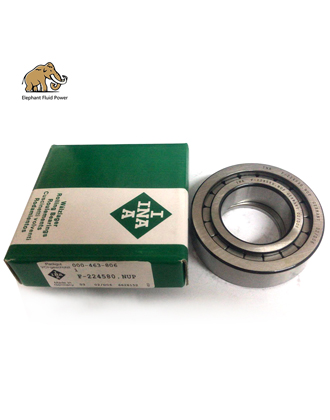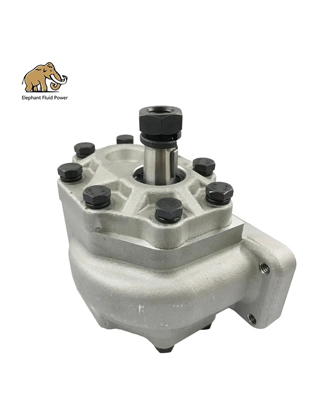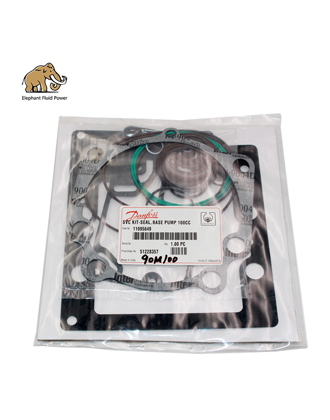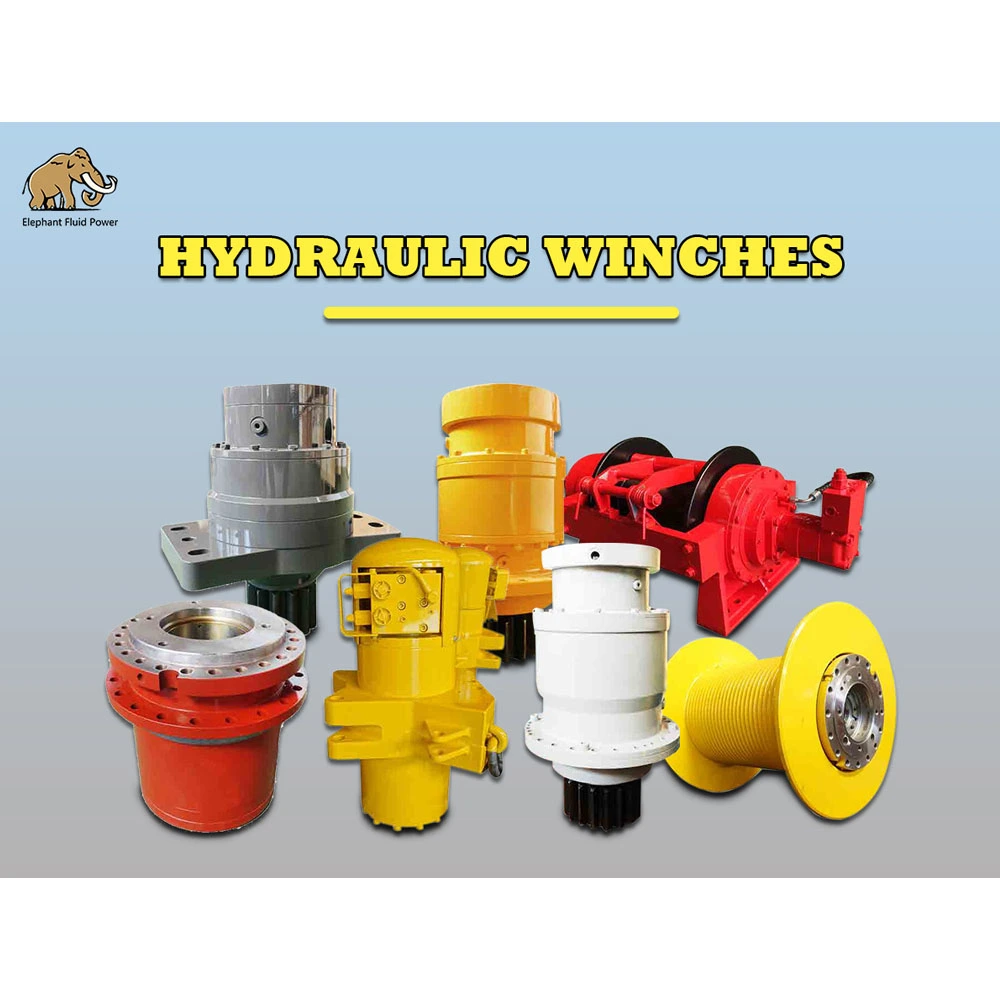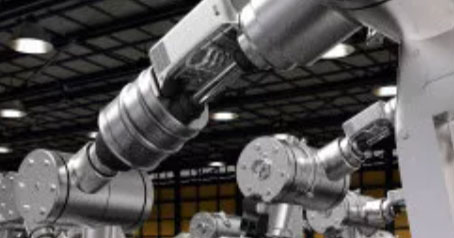The assembly of hydraulic piston pumps is both an art and a science. It requires a deep understanding of hydraulic principles, meticulous attention to detail, and a mastery of precise techniques. Hydraulic piston pump assembly is a complex process that involves integrating various components to create a powerful and efficient system. In this blog, we will take a closer look at the intricacies of hydraulic piston pump assembly, from the components involved to the step-by-step process that ensures optimal performance.
Components Involved in Hydraulic Piston Pump Assembly
The assembly of a hydraulic piston pump involves bringing together a range of essential components. The cylinder block houses the pistons, which move back and forth to generate hydraulic pressure. The pistons are precision-machined to fit perfectly within the cylinder bores. The swashplate mechanism converts the rotational motion of the drive shaft into linear motion of the pistons. This mechanism is crucial for controlling the pump's displacement and output. The valve plate controls the timing and direction of hydraulic fluid flow, while the port plate contains channels that guide the fluid to and from the cylinder block. Seals and gaskets prevent fluid leakage between components, maintaining pressure and ensuring efficient operation. Bearings support the pump's shaft, allowing it to rotate smoothly. The shaft connects to the drive source and transfers rotational motion to the swashplate.
Step-by-Step Hydraulic Piston Pump Assembly
The assembly process of a hydraulic piston pump follows a meticulous sequence of steps. Each component is inspected for defects, damage, or irregularities. This ensures that only high-quality parts are used in the assembly process. The cylinder block is machined to precise tolerances, creating smooth piston bores that allow for optimal piston movement and sealing. The swashplate is mounted onto the drive shaft, and its angle is set to determine the stroke length of the pistons. Pistons are carefully placed into their designated cylinder bores. Proper alignment and fit are crucial to prevent friction and ensure effective fluid displacement. The valve and port plates are positioned to align with the pistons and cylinder block. These plates are secured in place using specific torque settings. Seals and gaskets are strategically placed to create tight seals between components. This step is critical to preventing fluid leakage and maintaining pressure. Bearings are installed to support the shaft, and the shaft is connected to the drive source. Proper bearing alignment is crucial for smooth shaft rotation.
Achieving Precision for Optimal Performance
Precision assembly ensures that the pump operates at its intended performance levels, delivering accurate pressure and flow rates. Well-assembled hydraulic piston pumps are more efficient, leading to energy savings and reduced operational costs. Precisely assembled components are less prone to wear and failure, contributing to the longevity and reliability of the hydraulic system. Proper sealing and gasket application prevent fluid leakage, maintaining pressure and preventing contamination. Precision assembly reduces the risk of malfunctions that could compromise the safety of workers and equipment.
Hydraulic piston pump assembly is a skill that combines technical knowledge with meticulous craftsmanship. Every step of the process, from component inspection to quality control testing, contributes to the pump's efficiency, reliability, and performance. Whether in manufacturing, construction, or any other industry relying on hydraulic power, the art of hydraulic piston pump assembly is integral to achieving optimal results. Through precision and attention to detail, assembly technicians ensure that hydraulic systems operate seamlessly, contributing to the success of modern industries.
 French
French
 Portuguese
Portuguese
 Russian
Russian
 German
German
 Spanish
Spanish
 Japanese
Japanese
 Korean
Korean
 Irish
Irish
 Greek
Greek
 Turkish
Turkish
 Italian
Italian
 Danish
Danish
 Romanian
Romanian
 Indonesian
Indonesian
 Czech
Czech
 Afrikaans
Afrikaans
 Swedish
Swedish
 Polish
Polish
 Basque
Basque
 Catalan
Catalan
 Esperanto
Esperanto
 Hindi
Hindi
 Lao
Lao
 Albanian
Albanian
 Amharic
Amharic
 Armenian
Armenian
 Azerbaijani
Azerbaijani
 Belarusian
Belarusian
 Bengali
Bengali
 Bosnian
Bosnian
 Bulgarian
Bulgarian
 Cebuano
Cebuano
 Chichewa
Chichewa
 Corsican
Corsican
 Croatian
Croatian
 Dutch
Dutch
 Estonian
Estonian
 Filipino
Filipino
 Finnish
Finnish
 Frisian
Frisian
 Galician
Galician
 Georgian
Georgian
 Gujarati
Gujarati
 Haitian
Haitian
 Hausa
Hausa
 Hawaiian
Hawaiian
 Hebrew
Hebrew
 Hmong
Hmong
 Hungarian
Hungarian
 Icelandic
Icelandic
 Igbo
Igbo
 Javanese
Javanese
 Kannada
Kannada
 Kazakh
Kazakh
 Khmer
Khmer
 Kurdish
Kurdish
 Kyrgyz
Kyrgyz
 Latin
Latin
 Latvian
Latvian
 Lithuanian
Lithuanian
 Luxembourg
Luxembourg
 Macedoniar
Macedoniar
 Malagasy
Malagasy
 Malay
Malay
 Malayalam
Malayalam
 Maltese
Maltese
 Maori
Maori
 Marathi
Marathi
 Mongolian
Mongolian
 Burmese
Burmese
 Nepali
Nepali
 Norwegian
Norwegian
 Pashto
Pashto
 Persian
Persian
 Punjabi
Punjabi
 Serbian
Serbian
 Sesotho
Sesotho
 Sinhala
Sinhala
 Slovak
Slovak
 Slovenian
Slovenian
 Somali
Somali
 Samoan
Samoan
 Scots Gaelic
Scots Gaelic
 Shona
Shona
 Sindhi
Sindhi
 Sundanese
Sundanese
 Swahili
Swahili
 Tajik
Tajik
 Tamil
Tamil
 Telugu
Telugu
 Thai
Thai
 Ukrainian
Ukrainian
 Urdu
Urdu
 Uzbek
Uzbek
 Vietnamese
Vietnamese
 Welsh
Welsh
 Xhosa
Xhosa
 Yiddish
Yiddish
 Yoruba
Yoruba
 Zulu
Zulu

